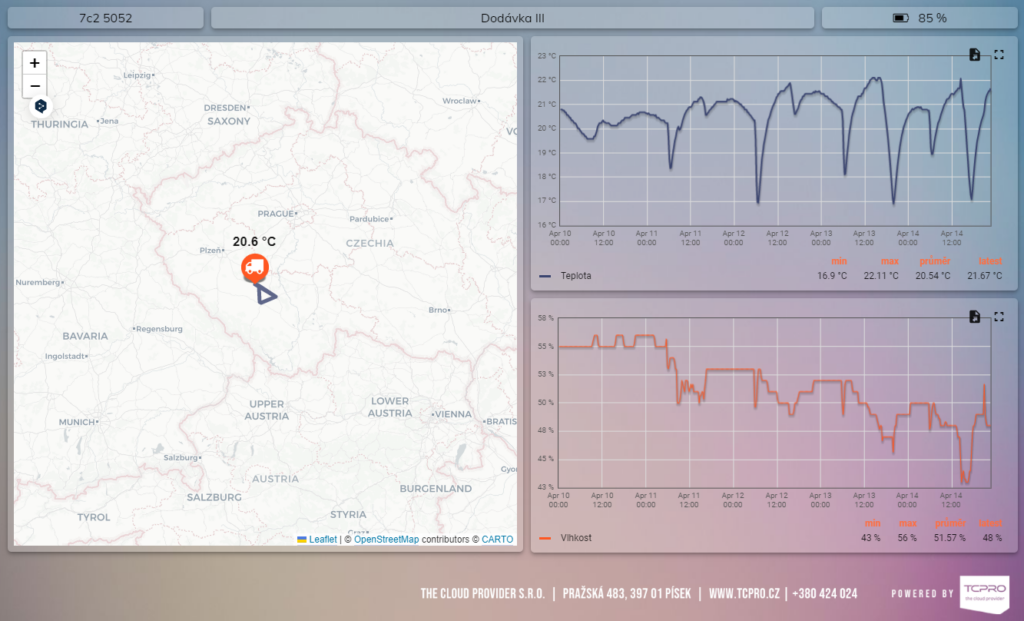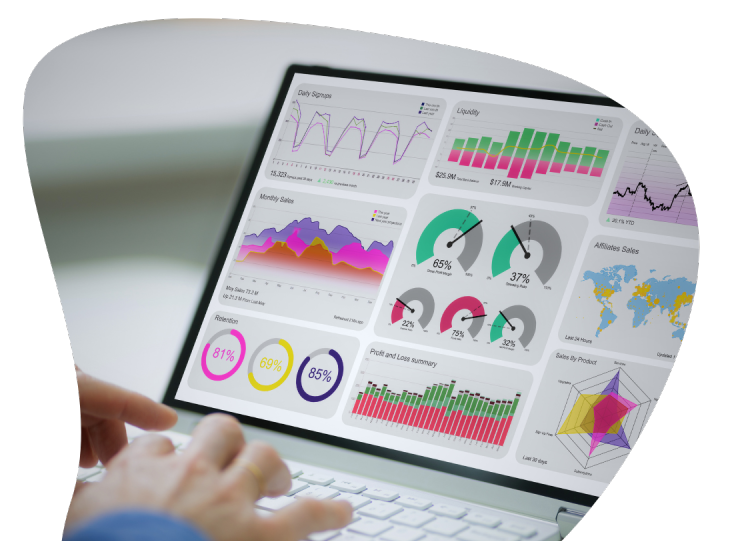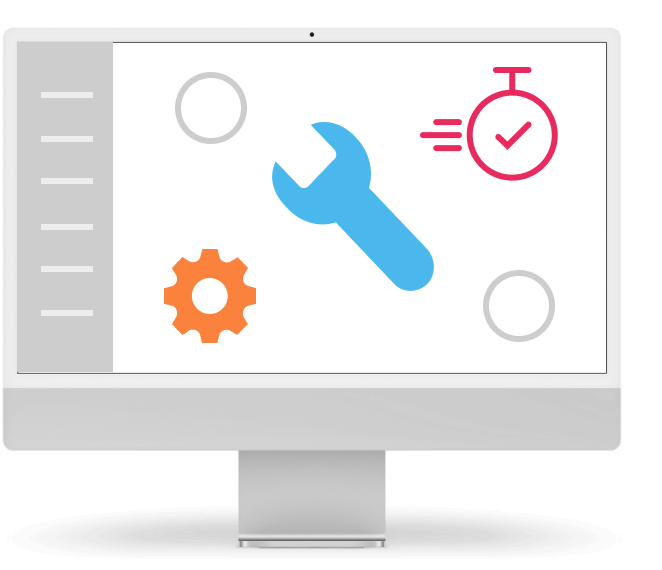Internet of Things and Logistics: Increase Efficiency and Lower Costs with IoT
Content
We will look at some exaples in this article how Iot can help logistics companies optimize their processes and make their services better.
Vehicle and Package Monitoring in Real Time
IoT enables vehicle and package monitoring in real time using GPS devices and sensors. This data can then be used in the following areas:
- Route optimization
- Lower delivery time
- Increase in the efficiency of the whole supply chain
- Better communication with customers
The data collected enable the continuous analysis of routes thanks to which companies can find better ways and make the quality of planning better even with complicated routes. This process then leads to lower delivery times because each route is evaluated and adapted in a way to correspond to the highest standards of customer service.
If this is not the case – customer delivery – then these measurements and data can uncover inefficiencies in the supply chain which can be subsequently optimized. Thanks to real time monitoring, logisitcs companies can communicate with partners and clients with better quality and inform them about the precise time of delivery.

Intelligent Warehouses
IoT technologies can be used to monitor the state of supplies in warehouses and increase the quality of warehouse management. Sensors enable the monitoring of temperature, humidity and position of supplies which helps with preventing spoilage or damage. These data can also be used to plan better supply procurement and more efficient supply chain management.
This can be projected, for example, into Just-in-Time processes which are dependent on precise planning of deliveries. IoT helps with even more efficient management within this process because the state regarding storage is recorded in real time. Besides, the system can be set up in a way to notify responsible personel in real rime – this also includes a supplier – and the whole process is automated.
Predictive Maintenance
IoT devices can monitor the state of machines and vehicles and give a timely warning regarding potential problems. This way logistics companies can do predictive maintenance that minimizes outages and makes the operation of vehicles more reliable. Predictive maintenance also lowers the costs for repairs and extends the life cycle of machines and vehicles.
Each device has aspects that give answers regarding the health of the vehicle – and these data can be read if the data collection process is set-up correctly. These parameters can include amplitude and fluid consumption. These data then eble responsible staff to intervene in time and many times prevent a problem that could have limited or stopped the whole production or supply chain.
Automated Processes
IoT can be used to automate an array of logistical processes, such as loading and unloading, supply monitoring or route planning. This way, logisitcs companies can increase the efficiency of their operations, lower labor costs and increase productivity. Process automation also lowers the number of errors and increases the quality of services provided to the customers.
It is not just about the data collection and assessment. IoT systems also have the ability to have various level alerts. Employees are informed in a specific ways regarding regular activities, then iin a different manner regarding the exceeding of limits – these limits are set individually. Automation ensures maximum level of information spreading to the right places.
Better Security
These technologies can contribute to higher security levels in warehouses and vehicles. For instance, sensors can monitor temperature and humidity in cargo spaces which enables to maintain optimal conditions to deliver goods sensitive to external conditions. You minimize the risk of spoilt products that would be delivered to the end customers.
Iot devices can also be used to monitor the behavior of drivers and identification of dangerous situations which can lead to a smaller number of accidents and higher level of traffic safety.
Integration with Other Technologies
IoT, for example DASHPOINT, can be easily integrated with other technologies – within Business Intelligence – that gives the logistics companies a deeper insight into their own processes and apply informed decisions. This integration helps with the design of complex solutions that include collection and analysis of data, automation of processes and optimization of supply chain management. From advanced processes we can also include predictions and long-term business development plans.
Conclusion
IoT contains a large potential for logistics. Thanks to the ability to monitor vehicles and packages in real time, monitor supply, do predictive maintenance, automate processes and increase security, logistics companies can optimize their operations and lower costs.
IoT can also be integrated with other technologies to design complex and innovative solutions that bring significant competitive advantages in a fast paced changing world of logistics.



